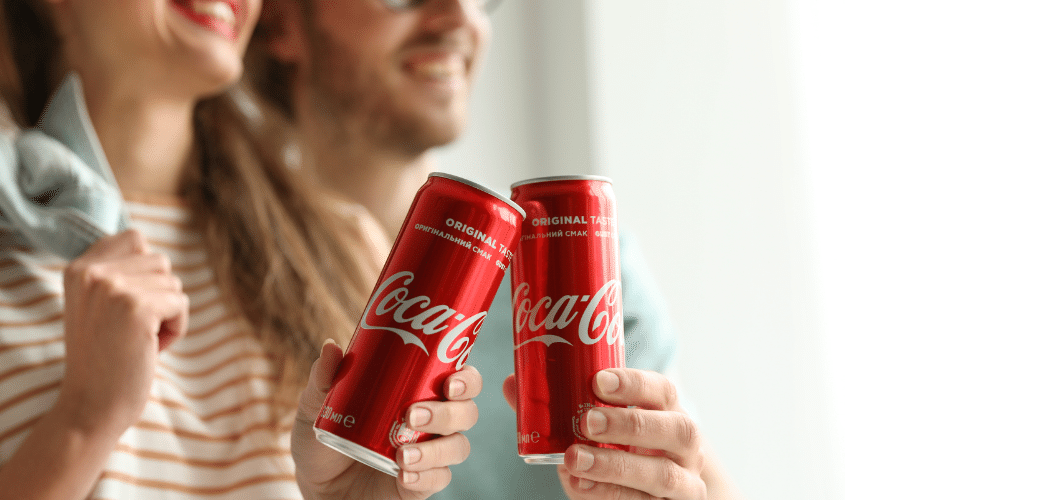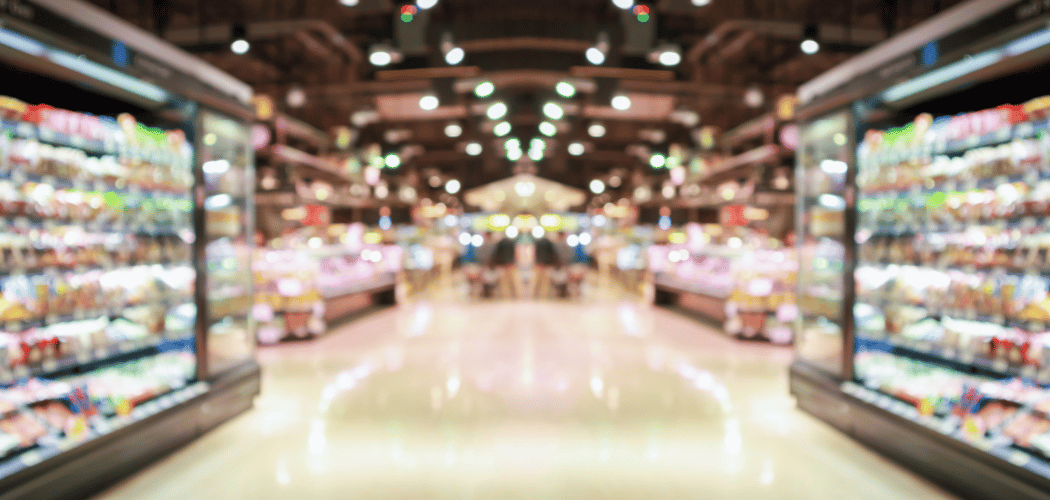The success and planned expansion of Amazon’s cashier-free Amazon Go stores to other major cities, including New York, is causing competing retailers to address the customer’s need for added convenience and speed. Microsoft reportedly is testing technology that eliminates the pain point of checking out with a cashier. And the Netherlands chain Albert Heijn is expanding a system called “tap to go,” through which customers pat the shelf readers of products they want to buy with branded cards or app-enabled phones.
Meanwhile, in Asia, cashier-free technology has been around since 2017.
There’s much U.S. merchants can learn from these efforts. In particular, that offering shoppers the convenience of breezing out the door without interruption comes with required adjustments, specifically in terms of store formats, selection types and even service.
Amazon Go and Goes
Amazon appears to be confident with its model. Eight months after opening its first Amazon Go store in Seattle, the online retailer plans to expand the cashier-free concept to New York, San Francisco and Chicago. Dates have not yet been set for any of these locations.
While new in the U.S. (Microsoft’s technology is just now being pitched to retailers globally), the grab-and-go format has been in play at stores around the globe since before Amazon tried it. Albert Heijn began testing its tap-to-go service, now targeted for its 80 Albert Heijn To Go convenience stores, in December 2017. Asian merchants have been operating various formats of employee-free shops to the point that it is considered an emerging business model.
Among the concepts, Alibaba back in mid-2017 unveiled Tao Café, a staff-free coffee shop that incorporates online capabilities such as facial recognition. Visitors scan a QR code to a smartphone app to gain access and then place their orders via smartphones.
Elsewhere in China, BingoBox operates a 24-hour, cashier-free convenience store that uses RFID and computer vision to track store items, which shoppers can charge to WeChat, the Chinese mobile payment and messaging app. Similarly, the F5 Future Store operates like a walk-in vending machine where visitors select snacks and small meals on a touch screen, pay through WeChat and then retrieve their purchases from a chute. No employees at all. And the Asian social media operator Tencent has partnered with cashier-less startup EasyGo to open a pop-up shop, also using WeChat for payment.
Learning on the Go
Based on Amazon’s trial and the findings of international players, certain takeaways will likely be considered in the planning of future checkout-free stores, particularly when it comes to balancing a faster trip with the desire for good in-store experiences.
Among the potential issues or kinks these in-play systems address:
1. Product recognition. Amazon executives have pointed out that computers don’t recognize certain products as easily as people do, potentially causing shoppers to wait while an item is being identified. One solution may be to enhance the recognition software, but perhaps an even easier solution will involve working with packaged-goods players to create package designs that are more easily identified by the technology systems. Or it may result in cashier-free store models that require a little more shopper interaction. The Albert Heijn model, which requires that shoppers tap shelf readers with their cards or phones, reduces the chances for product misreads, eliminating friction and keeping shoppers literally in touch with the store brand.
2. Size matters. Amazon’s second Go store in Seattle, which opened in August, is 20% smaller than its first. This reduction is obviously a result of eliminating certain merchandise categories, but why? It may be that these areas caused customer frustration or were ignored (among the categories cut were liquor and an in-store kitchen). As evidenced by the small-format convenience stores in China, size is essential for grab-and-go stores because the trips that encourage these stops are typically small, like a meal or a snack. A large footprint defeats the goal of getting in and out fast.
Also Read: Kohl’s Gets Amazon’s Returns – and Traffic
3. Payment options. Amazon Go requires shoppers to have an account with Amazon, which is automatically charged when they leave. This benefits shoppers who are already members, but the balance of shoppers are in question — they either open an account or never spend a dollar there. The systems in Europe and Asia entail apps. These limitations may work well for Amazon and WeChat because of their ubiquity, but such tight payment options will restrict participation for most other merchants and lead to broader payment options in the future executions. Merchants adding cashier-free stores will benefit if they analyze how their shoppers prefer to pay and choose payment options that align with those preferences.
4. Shoppers still want service. Cashier-free stores may not always be service-free. Amazon Go stores have employees on hand to fix any tech issues that may arise. But workers also should be available to address simple questions, because even robot technology is limited when it comes to troubleshooting particular shopper needs. On-staff employees also are essential for keeping stores clean, orderly, stocked and — ideally — pleasant.
Across these considerations, data will help. Whether in the U.S. or overseas, cashier-free retail models produce tracking insights that should result in more precise understanding of shopper preferences and patterns. These insights could feed decisions and enhance the model, and ideally lead retailers to new shopper-focused concepts.
Bryan Pearson a Featured Contributor to The Wise Marketer and is the President of LoyaltyOne, where he has been leveraging the knowledge of 120 million customer relationships over 20 years to create relevant communications and enhanced shopper experiences.
This article originally appeared in Forbes. Be sure to follow Bryan on Facebook and Twitter for more on retail, loyalty and the customer experience.




